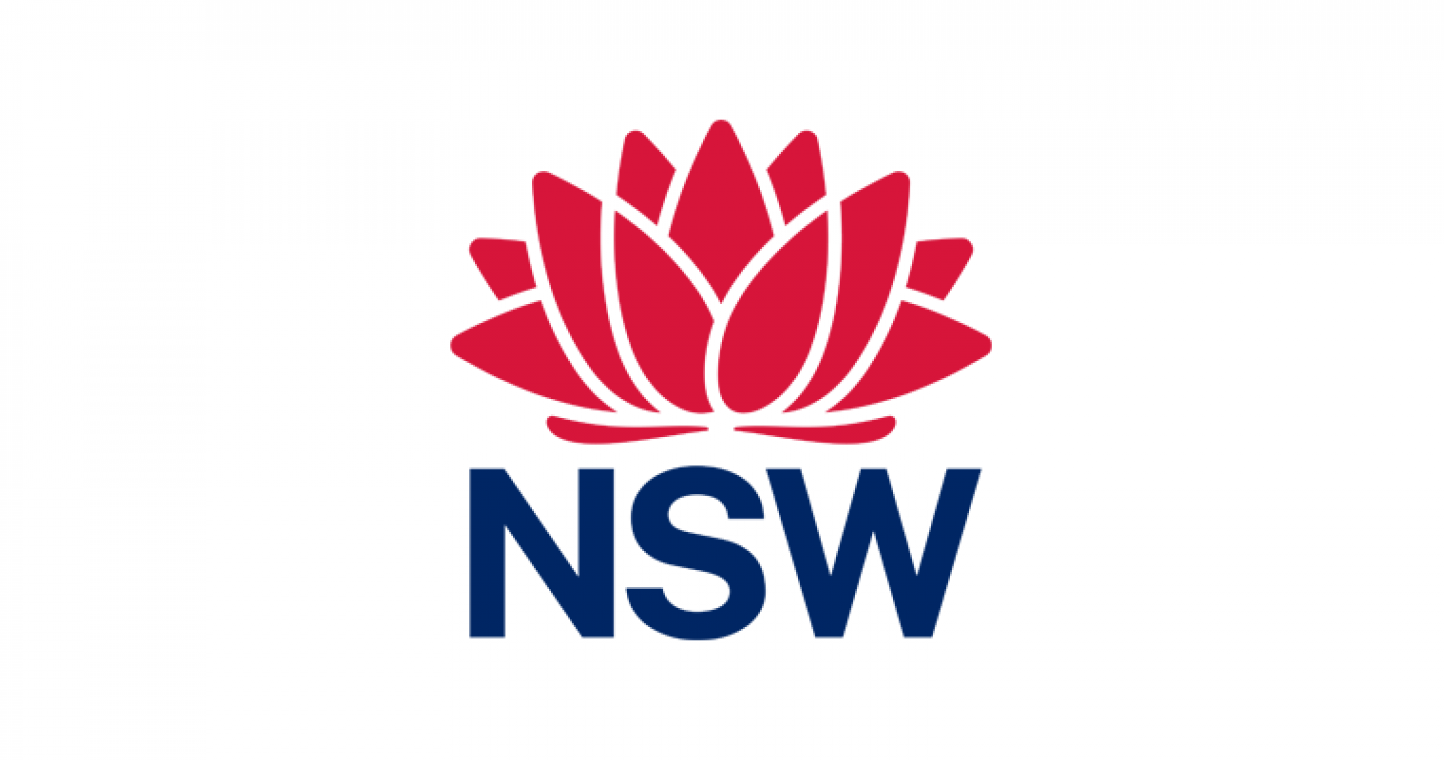SYDNEY, 31 December 2022 – Federal government funding for a new therapy to treat two distinct diseases of the macula – the part of the eye responsible for sharp, central vision3 – is being welcomed today by medical experts, patients and Roche Australia.
From 1 January 2023, Vabysmo® (faricimab) will become available on the Pharmaceutical Benefits Scheme (PBS) for the treatment of neovascular or “wet” age-related macular degeneration (nAMD) and diabetic macular oedema (DMO), both leading causes of vision loss worldwide.1,2
The most common macular disease is age-related macular degeneration (AMD),3 and the risk of AMD increases with age.4 There are approximately 8.9 million Australians over the age of 50 years who are at risk of AMD,4,5 and one in seven Australians over the age of 50 have some evidence of AMD.3 The macula is the central area of the retina, found at the back of eye.3 People with diseases of the macula, like nAMD and DMO, have the central part of their vision impacted, but not their peripheral vision.3 Sharp, central vision is needed for reading, driving and recognising faces.3
Vabysmo is the first bispecific antibody approved6 and now reimbursed1 for nAMD and DMO in Australia.The treatment works by specifically recognising and blocking the activity of proteins known as angiopoietin-2 (Ang-2) and vascular endothelial growth factor (VEGF).7 Vabysmo is administered by four initial 4-weekly eye injections. Thereafter, the frequency of the ongoing injections may be extended up to every four months, as determined by the treating physician.7
“The availability of Vabysmo on the PBS is welcome news for Australians with nAMD and DMO,” said Professor Robyn Guymer AM, Deputy Director, Centre for Eye Research Australia and Professor of Ophthalmology, University of Melbourne. “With Vabysmo, patients may have the opportunity to only require ongoing treatment at four-monthly intervals, depending on individual response, which will reduce the burden of treatment on them and their carers, who often bring them to appointments.”
nAMD occurs when abnormal blood vessels grow into the retina and leak fluid or blood into the retina.8 This leads to scarring and severe, irreversible loss of central vision if left untreated.8 DMO is caused by leaky blood vessels that cause swelling of the macula.9Between 128,000 – 192,000 Australians are estimated to be living with nAMD,10,11 whilst DMO affectsapproximately 40,000 Australians, many of whom are working-age adults.12,13
“Macular diseases can have devastating and long-lasting physical, emotional and social consequences for those affected and their families if not identified and treated early,” said Professor Guymer.
“Regular eye screening for people over 50 and those with diabetes is therefore critical. Untreated macular disease can lead to rapid and severe vision loss. People may become increasingly reliant on their loved ones for everyday activities; they may be more susceptible to falls and fractures and they may see their professional and social lives severely impacted as their ability to live independently declines,” Professor Guymer added.
Stuart Knight, General Manager, Roche Products Australia said: “We thank the Australian Government for recognising the value Vabysmo will bring to Australians living with nAMD and DMO and for their investment in this important treatment via the PBS.
“The reimbursement of Vabysmo illustrates our commitment to doing now what people living with retinal conditions need next and we extend our gratitude to the Australian ophthalmology and macular disease communities for their collaboration in bringing this therapy to Australians in need.”








